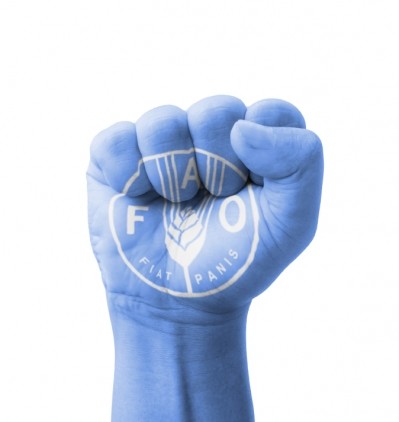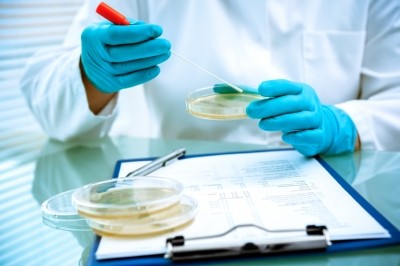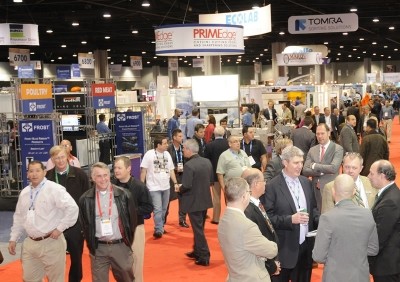Special Edition: Global Feed Regulation
Harmonization strategy aims to boost competitiveness of Latin American feed market

One year in, the initiative, which is backed by the World Trade Organization administered Standards and Trade Development Facility (STDF), will be discussed at the Latin American feed regulators’ meeting mid-April.
“We want a robust, integrated and strong Latin America,” said Flavia Ferreira de Castro, the STDF PG345 feed project coordinator as well as executive director of FeedLatina, an umbrella group for Latin American and Caribbean feed associations.
A lack of coordination in animal feed product traceability and quality assurance programs across the region, and no system of feed safety equivalence to draw on is reducing the competitiveness of Latin America as a trading block, Ferreira de Castro told us.
Convoluted authorization processes are proving a hindrance to commercial activities, he added. “Every country in the region has different requirements for feed product registration and labelling. Moreover, there is little commonality in customs inspection systems for finished products and ingredients in the various markets,” he said.
Latin American countries are responsible for 17% of the world's animal feed production, with 141,347 million tons produced in 2013.
They depend on large quantities of micro ingredients, primarily additives, from Europe, China and the US, but there is also a significant amount of trade between countries in the region, mainly in cereals, oilseed, pre-mixes, minerals, vitamins, amino acids, and flour derived from animals and plants.
Tariff barriers
So a reduction in tariff and non-tariff barriers, particularly in terms of sanitary and phytosanitary (SPS) measures and customs procedures, is seen as necessary to achieve greater regional trade integration in the Latin American animal feed sector.
Ferreira de Castro said it is hoped the STDF backed initiative will contribute to intra and inter-regional trade in feed products and will strengthen regional integration through reduced paperwork, taxes and fees, common export certification procedures, and improved logistics.
The project, which runs until February 2017, “promotes public-private collaboration as it is based on the development of coordination mechanisms and the sharing of responsibilities between the Latin American feed industry and the regulatory authorities,” he said.
Regulatory coherence and equivalence
Achieving regulatory coherence and equivalence among the participating countries seems like an ambitious task.
However, the project team said one phase of the project – a comparative analysis of the existing regulatory frameworks in each country – will determine, for example, if any regulations overlap, if any should be repealed, and which procedure models and regulatory tools would prove the easiest and quickest to adopt.
The initiative also aims at building capacity at national level through training related to good practice, risk assessment, traceability and safety. “We are looking for experts to prepare technical content adapted to the Latin American reality,” said Ferreira de Castro.
In this area, he said, the participation of the international organizations supporting the project - the Food and Agriculture Organization (FAO), the OIE and the Inter-American Institute for Cooperation on Agriculture (IICA) - is critical, as it is their technical recommendations that will provide the basis for such capacity building, as well in dissemination and outreach activities.
Many countries in the region are starting to implement the Good Manufacturing Practices (GMPs) of the Codex Alimentarius – in Brazilian feed production, though, GMPs are long established.
“But there isn’t a regional feed risk management system. In the future, guidance produced by the Codex task force on animal feed as regards to risk analysis and hazard prioritization must be considered,” said Ferreira de Castro.
















